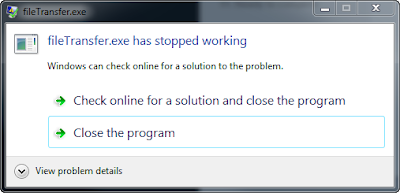One of the exciting new features of vSphere 6 is Enhanced Linked Mode for your vCenter Servers. Remember in previous versions of vSphere, the vCSA didn't support Linked Mode. In my previous life as a sysadmin, I managed three different data centers, each with its own Windows-based vCenter Server. Linked Mode was great for managing the entire environment with a single console. Unfortunately the old Linked Mode relied on an ADAM database, which I found to be a bit finicky and difficult to troubleshoot when things started to go wrong. Enhanced Linked Mode in vSphere 6 aims to make this process easier. Effectively any vCenter Server that you join to a Platform Services Controller (PSC) domain will automatically be in Enhanced Linked Mode. It's no longer an extra step since a PSC is a required component of vSphere 6.
As I've stood up my two vCSA and two PSC lab environment (simulating two different sites), I discovered that when I logged in with my AD account, I couldn't see the second vCSA. I assumed that since I'd joined my second site's PSC to the SSO domain and then linked my second site's vCSA to the respective PSC that I could just log in, since I'd already configured SSO to use AD. Well, I missed a step (did I mention I'm not really into reading the documentation?) in that the second PSC still needs to be joined to AD in order to function properly. I covered the process of doing this in the SSO post.
Don't forget that you need to reboot your PSC after joining AD. The nice thing about using the Linux appliance is that you can reboot from directly within the Web Client by simply right clicking the node under Home->System Configuration.
Now when I log in with my AD credentials I can see both vCSAs!












